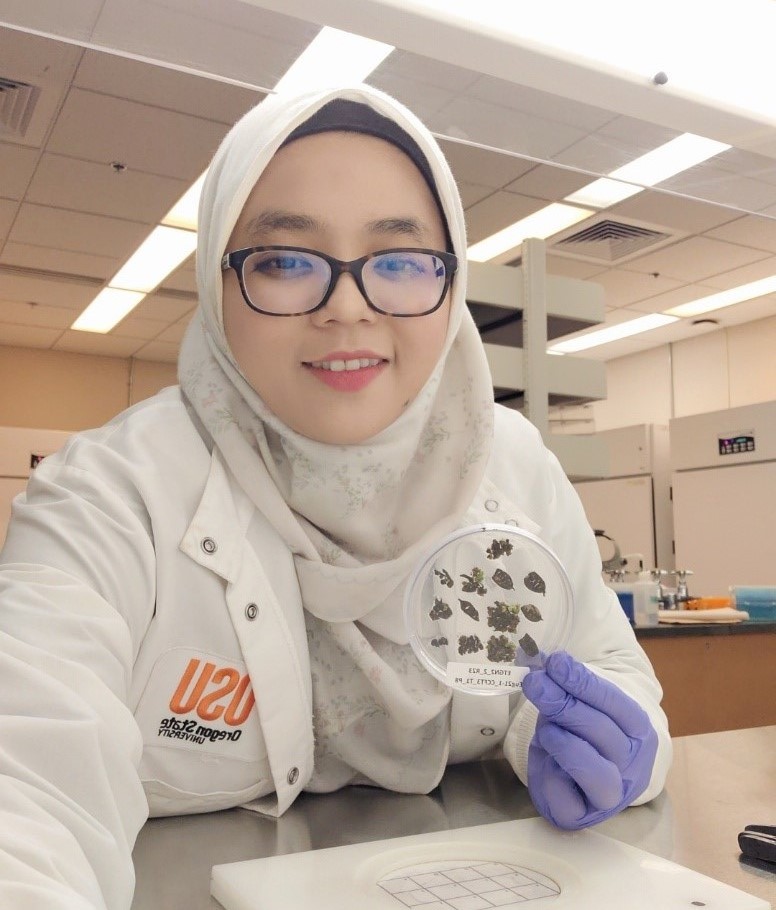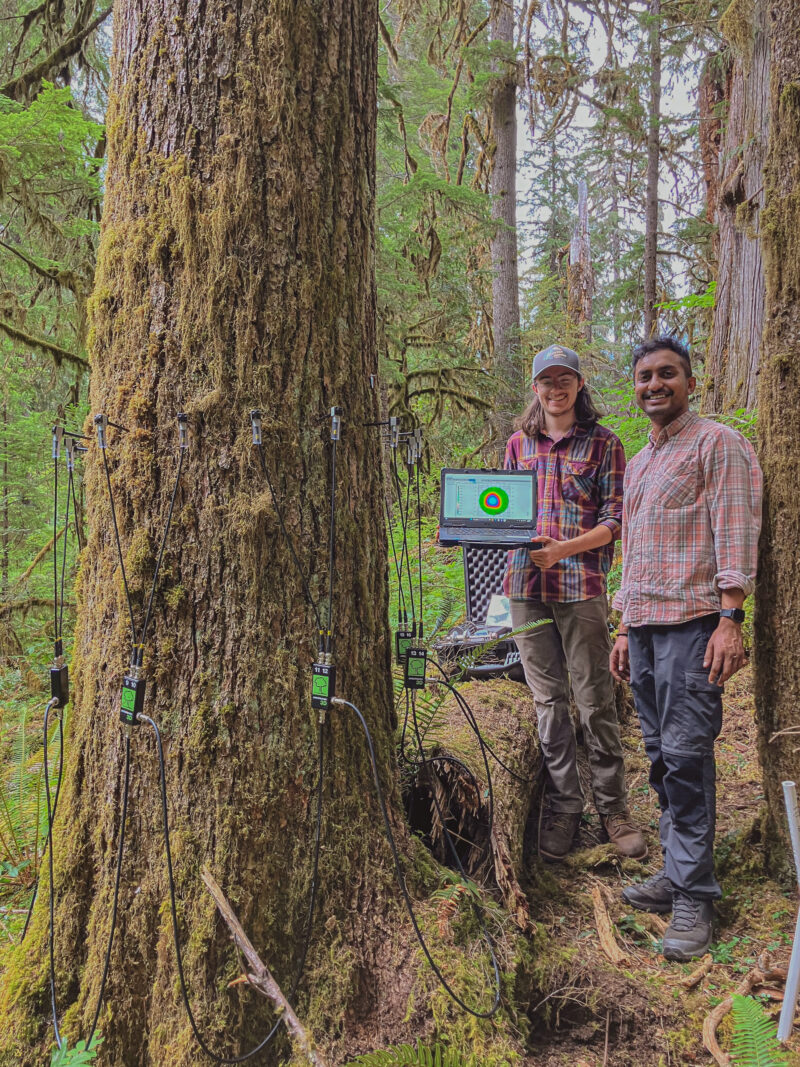“Connection between humans is what we need the most.” – Tomás Olivares Lincoñir

It’s a sunny day in Frutillar Bajo, Chile, and most of the students living and studying at Estación Experimental Frutillar are outside tossing a football around, happy to be done with classes for the day. However, inside the combination classroom/common space/dining room, Eliza Porter (OSU, Environmental Science) and Tomás Olivares Lincoñir (Universidad de Chile, Forest Engineering) are sitting in front of a whiteboard, deep in conversation.
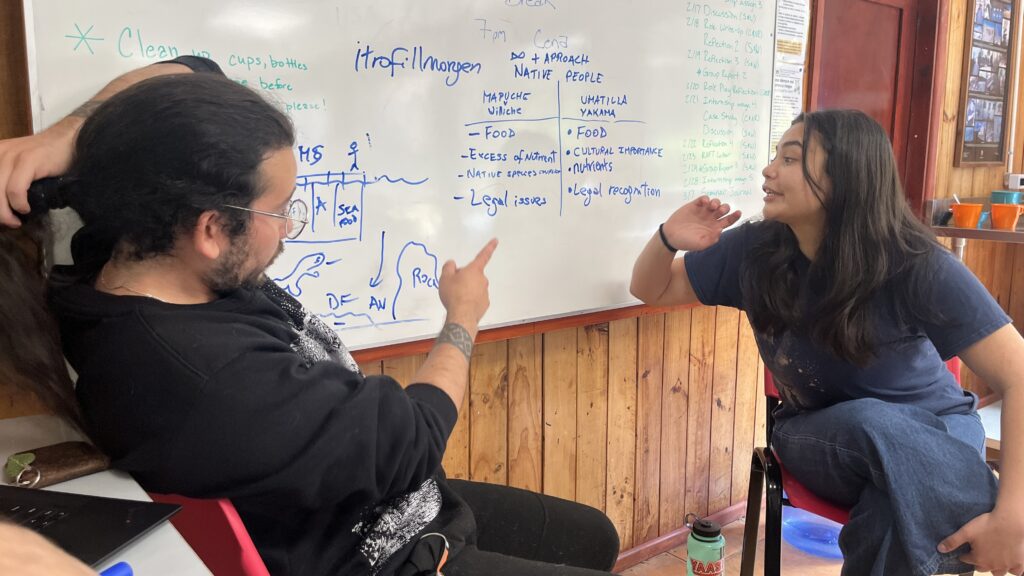
Eliza and Tomás come from Indigenous backgrounds, the Yakama Nation of Washington and Mapuche of Central Chile, respectively. Over the course of their term-long OSU College of Forestry faculty-led program in Chile, they began to see similarities between their respective cultures and histories. Eliza remembers, “People began to join the conversation, which was really cool and, I think, an important dialogue to have, especially to establish that sort of connection between us and see how invested the rest of the class was in learning about Indigenous people from both Chile and the US.” Tomás would later describe this cross-culture dialogue as a highlight of the program for him: “I really had so much fun just talking and sharing experiences with everyone. In these times of biblical apocalypse, connection between humans is what we need the most.”
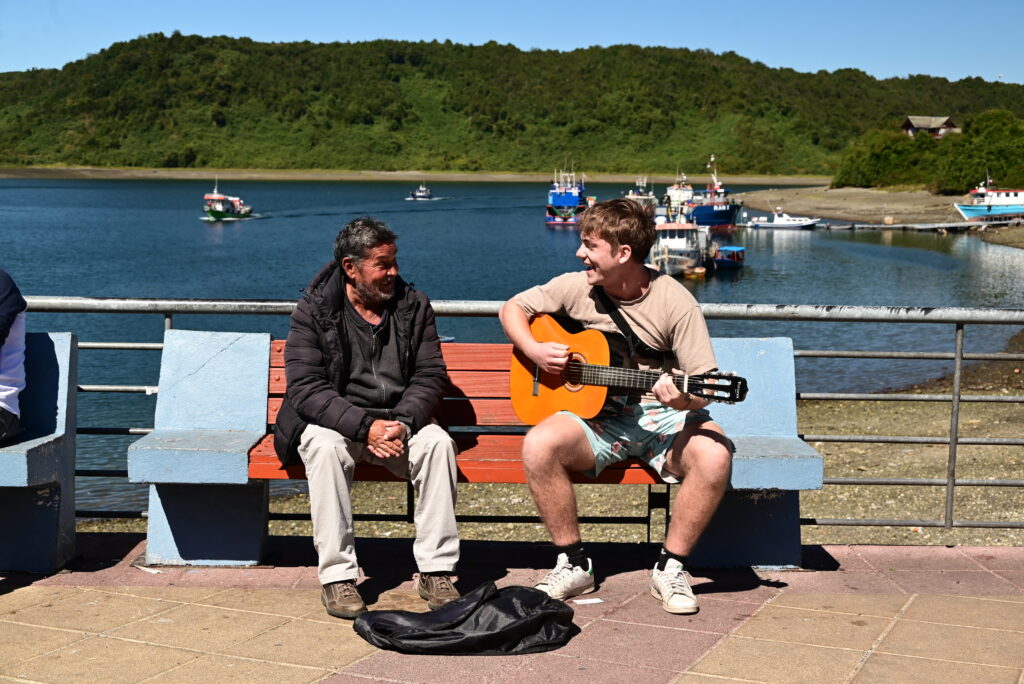
Tomás and Eliza found similarities between the beliefs of Mapuche and Yakama culture. “I understood that we have the same connection to the Earth and the rest of the living beings,” with different ways of describing “what ‘mother earth’ is.” The largest difference he noted was “the particular ways of showing that connection.” He also noted “reverence for the animals” not just as a source of food, “but as a role of the creature in a reciprocal relationship, as we humans must defend and take care of the animals.” Eliza put it this way: “It’s similar in the way we view everything as interconnected, and it seems like we are very cognizant of balance and not taking more than is needed. Also ensuring this to make sure future generations are taken care of.”
During an excursion to Chiloé Island, students visited the Regional Museum of Ancud, which features historical artifacts with the goal of preserving the culture and heritage of the island. Eliza recalls, “It was really interesting to see the similarities between different indigenous peoples and their culture based on the locations we visited having similar climates to those in the PNW. For instance, when we were in Chiloé at the museum it was cool to see how similar the art, canoes, and other cultural artifacts were to some of the coastal tribes or Alaska native tribes in the US.”
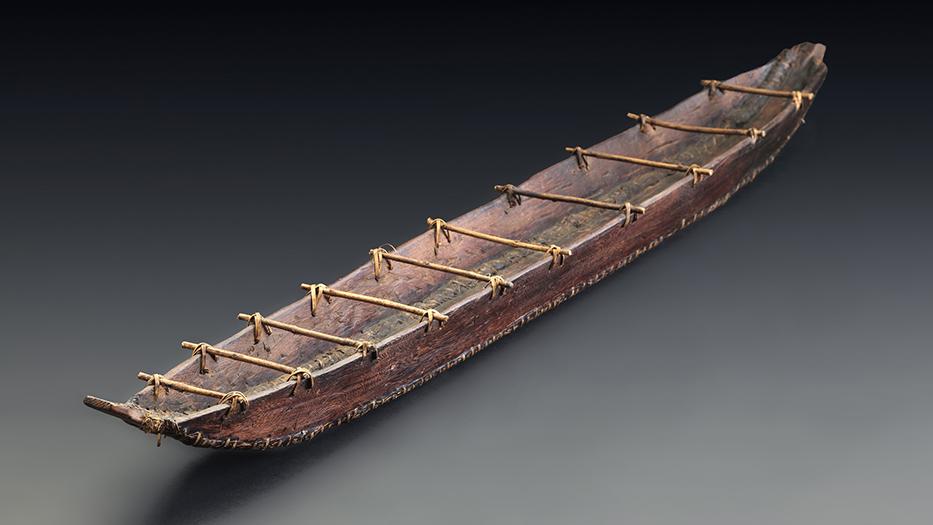
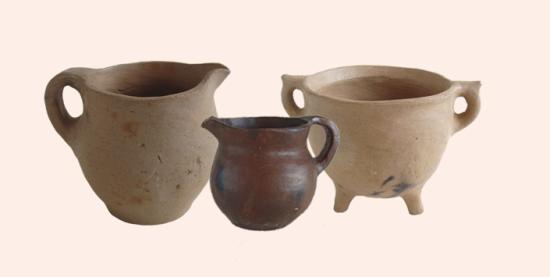
Additionally, Eliza and Tomás compared the legal treatment of Indigenous groups in Chile and the US. Eliza recounts that “in the US, federally recognized tribes often have more legal access and ownership to some of their traditional homelands and territories than in Chile. It’s different in the US based on type of recognition (federal, state, non-recognized) but overall, I think because of the treaties with the US, for many tribes there is more access to land and practicing their culture in usual and accustomed areas.”
Tomás reports, “I learned that even if we are from such distant parts of the world, the history of Indigenous peoples have some powerful similarities, like the longing to be recognized as equals, but being portrayed as part of the modern nation-states.” Tomás laments “that In the USA several First Nations have federal recognition, something that does not exist in Chile.”

Like Eliza and Tomás, the other students found that their learning didn’t stop at the end of class. Living side-by-side with Chilean students eager to share their culture with visitors, the students from OSU became immersed in the Chilean way of life. They enjoyed Chilean staples at dinner, including charquicán, pastel de choclo, and lots of fresh pan amasado. They learned from Chilean professors, both from OSU and various Chilean universities. In the evenings, they would walk into town, exploring the area, enjoying a completo from a food stand, and playing volleyball on the beach with locals till dark. On weekends, they would hop on a bus and take off to explore nearby cities or go on day hikes, free to travel and get to know the area.
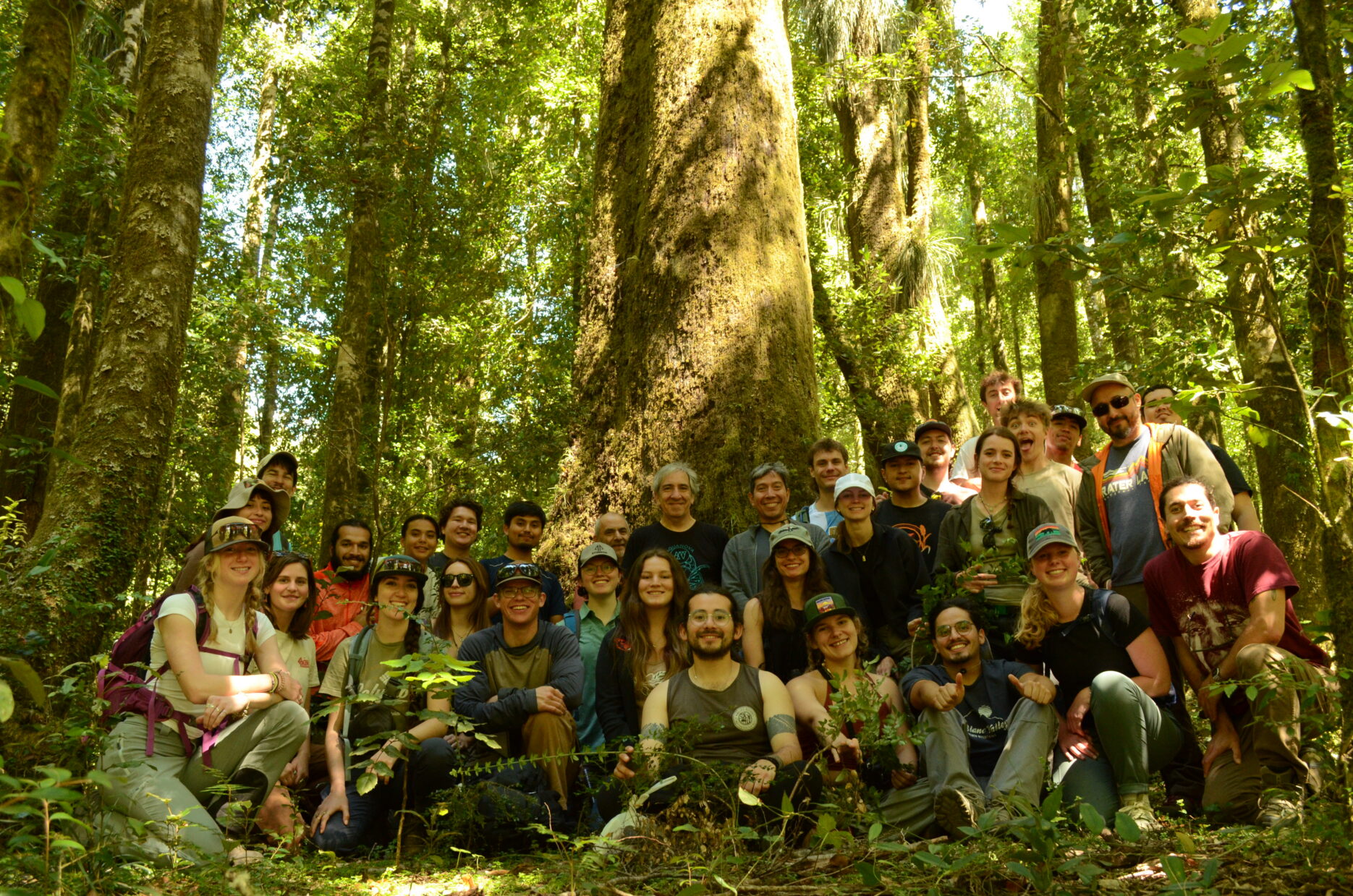
Students returned to OSU with a deeper understanding of the culture and people of Chile, of their own cultures, and of where they fit into the world. If you’re interested in an experience like Eliza and Tomás had, consider applying to the CoF faculty-led program “Where the Andes Meet the Sea” for next Winter term.
